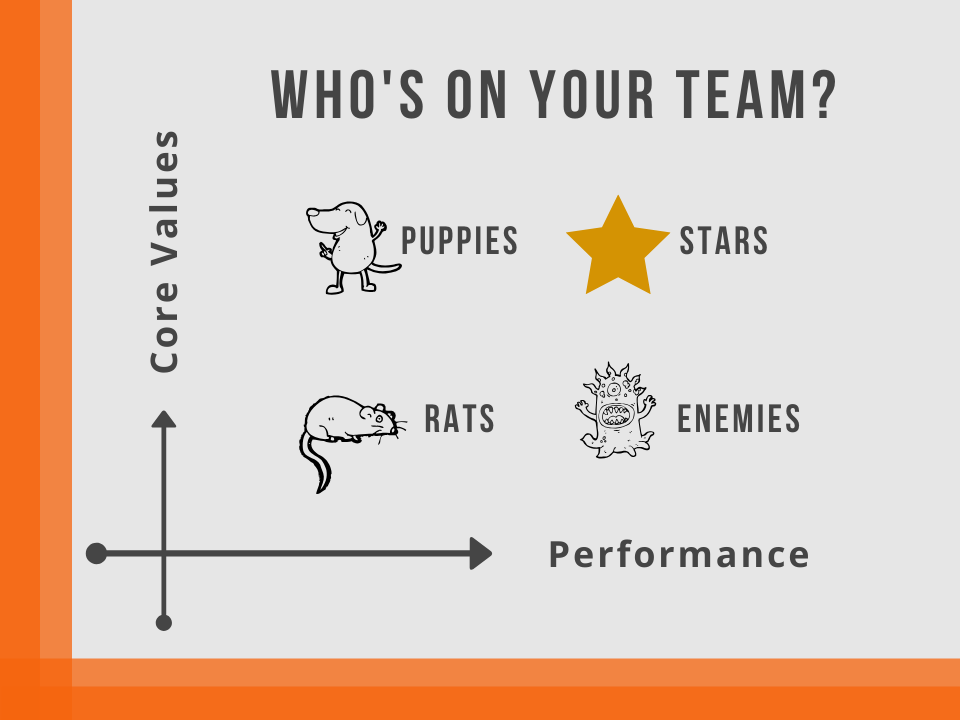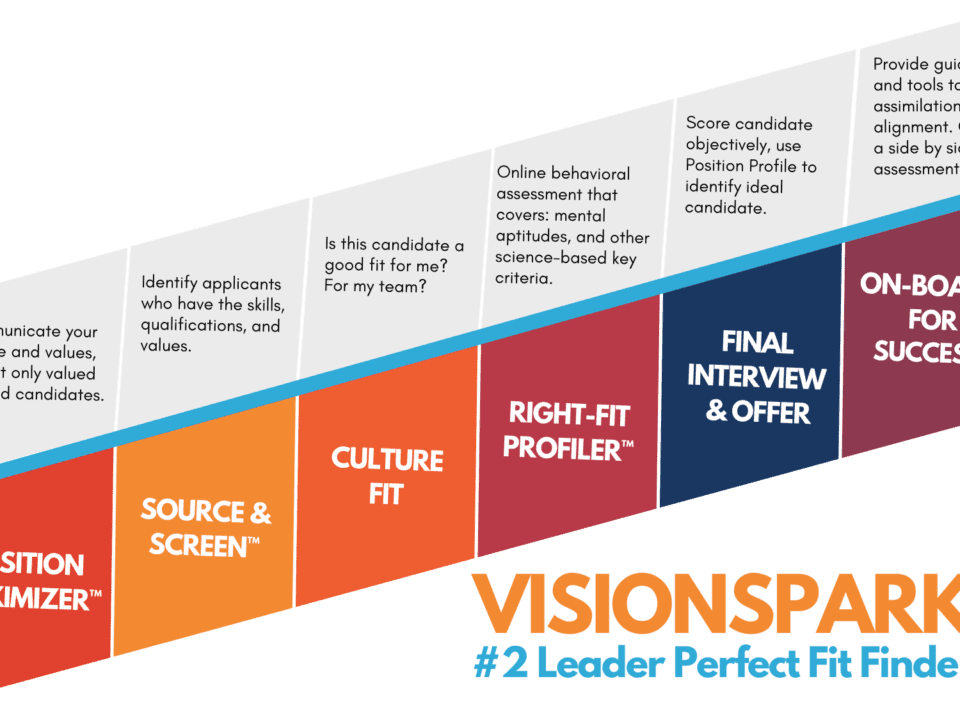
Communication: The Bridge to Healthy Organizational Culture
October 23, 2019
Not So Fast…What To Consider Before You Lay Off Your Employees
March 26, 2020
Editor’s note: We are pleased to share this guest post from Ken Ackerman, President of the Ackerman Company, a management advisory service in Columbus, Ohio. Ken is a respected thought leader in logistics and warehousing management, and edits and publishes the Warehousing Forum, a monthly subscription newsletter. He is also the publisher of Lean Warehousing, Fundamentals of Supply Chain Management, Auditing Warehouse Performance, and Warehousing Tips. Email Ken about subscriptions here.
A unique and powerful culture may be the only thing your competitors cannot duplicate. All music is made from the same 12 notes.
Corporate cultures are largely made from just five components:
- Attitudes
- Values
- Behaviors
- Relationships
- Environment
Attitudes are far more important than skills. Skills can be acquired, but attitudes are hard to change. We have seen corporations where attitude changed from striving to arrogance. When your people think that customers need them more than they need customers, your culture has become dangerous. With arrogance comes lack of flexibility, and if your people suggest that they know more than the customer, your culture has reached a critical point.
Values are an outgrowth of attitude. Customers want to deal with a management that is honest and committed to success. If you cannot project this kind of value in your senior management team, or in your whole workforce, your culture is again in a dangerous position.
Does anyone in your team show behaviors that are not consistent with a great attitude and ideal values? The bottom line is the behavior of your staff. Some people may be insincere about values and attitude, but how they behave is recordable and undeniable.
The test of relationships is longevity. If your warehouse is churning people, relationships are fragile and short-term.When your people are fully engaged, relationships become long-term rather than transitory.
Finally, the corporate environment is the acid test of the culture. A toxic environment is not easy to describe, but most of us can smell it before we see it. It is worthwhile for you to engage an outside resource to examine and appraise your corporate culture. Nothing is more important to the future of your organization.
Read more about culture and people on our blog:
- Communication: The Bridge to Healthy Organizational Culture
- Best Practices for Solving Your People Problems
- The Right Way to Solve Your People Problems
- Get Your Employee Engagement Right, Now
- How to Attract “Right Fit” Candidates and Hire Your Match
Image credit: Canva




